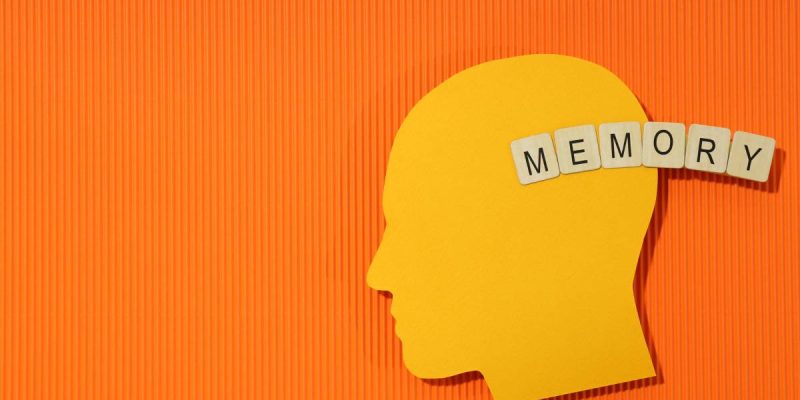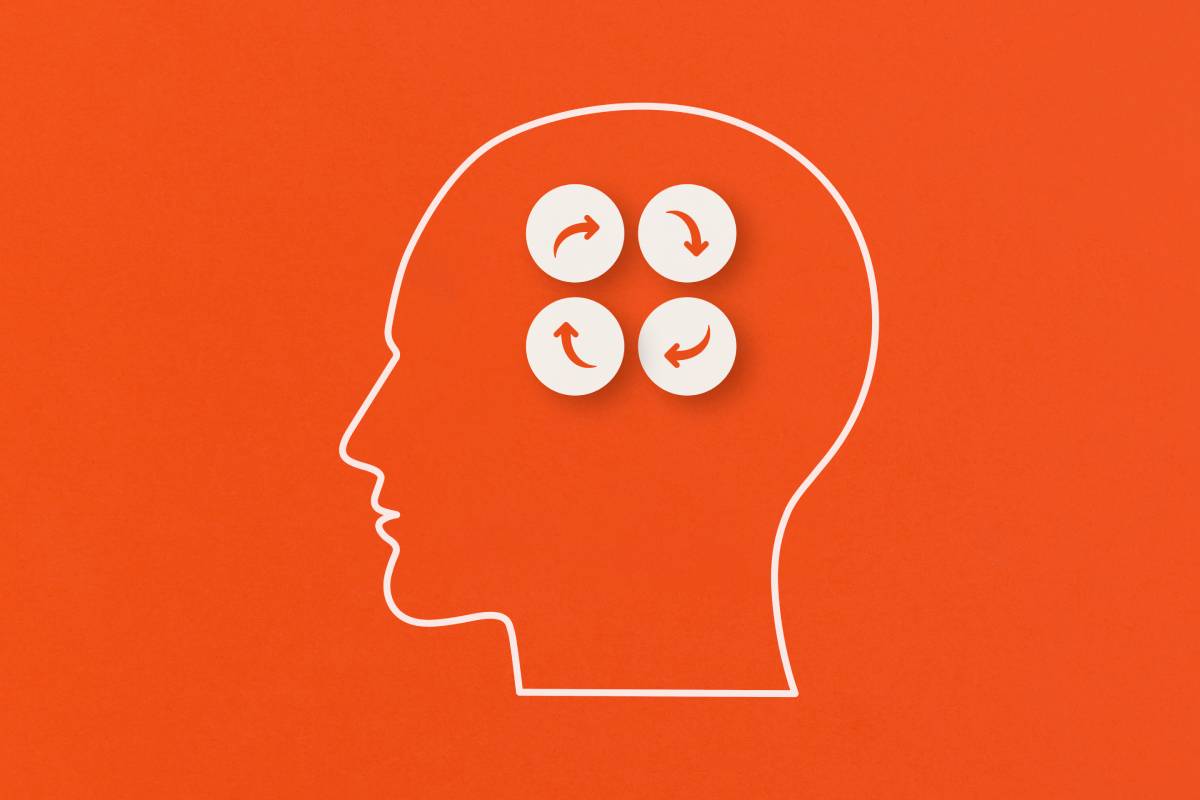
The brain creates memories through a process called encoding, where sensory information is converted into a neural representation. This encoding process involves several key brain regions:
- Hippocampus: Often considered the brain’s “memory hub,” the hippocampus is critical for forming new declarative memories those related to facts and events.
- Cortex: Different areas of the cerebral cortex store various types of long-term memories, such as visual or auditory information.
- Amygdala: This region processes emotional memories and helps link emotions to events.
When you experience something, sensory inputs activate neurons in relevant brain regions. These neurons begin firing in particular patterns, and synaptic connections between them strengthen or weaken, depending on the activity. This synaptic change is the foundation for memory.
Stages of Memory Formation
Memory formation generally involves three stages:
- Encoding: Incoming information is processed and converted into a neural code.
- Storage: The encoded information is stabilized and stored in the brain, often involving synaptic changes.
- Retrieval: Stored memories are accessed and brought back into conscious awareness.
The transition from short-term memory (temporary storage) to long-term memory (more permanent storage) is called consolidation, and it relies heavily on synaptic modifications.
Are New Synapses Created in the Brain?
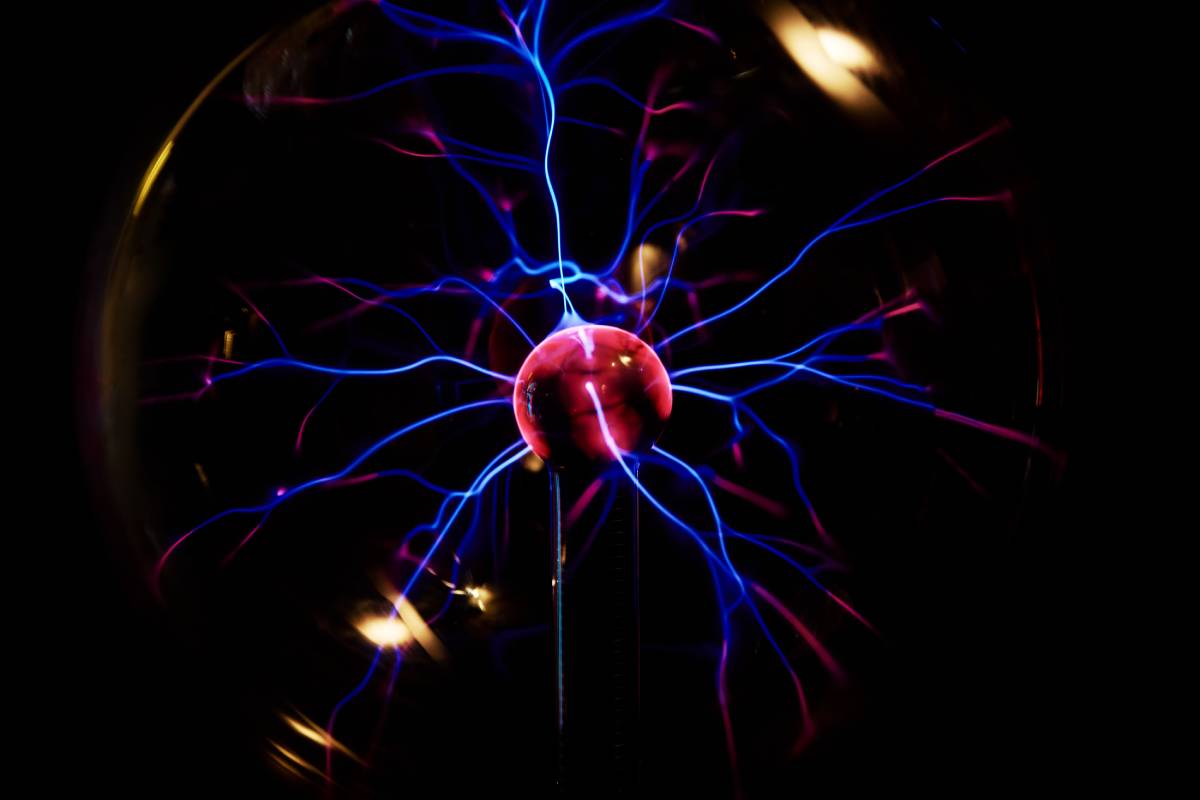
For many years, scientists believed that the adult brain could not generate new neurons or synapses a concept known as neuroplasticity changed this view dramatically.
Neuroplasticity: The Brain’s Ability to Change
Neuroplasticity is the brain’s remarkable capacity to reorganize itself by forming new neural connections throughout life. This ability underlies learning, memory, recovery from injury, and adaptation to new experiences.
- Synaptogenesis is the formation of new synapses between neurons. This process occurs extensively during brain development and continues, albeit at a reduced rate, in adulthood.
- Neurogenesis is the birth of new neurons. While it is mostly limited to specific areas like the hippocampus in adults, it contributes to plasticity and memory function.
Evidence of New Synapse Formation
Research shows that learning and memory tasks can stimulate the growth of new synaptic connections. For example:
- Studies of animals in enriched environments demonstrate increased synapse numbers in the hippocampus.
- Human brain imaging reveals structural changes after learning new skills, reflecting synaptic remodeling.
Positive Mindset and Brain Plasticity
A positive mindset plays a crucial role in enhancing neuroplasticity. When individuals maintain optimism and motivation, their brains become more receptive to forming and strengthening neural connections.
Positive emotions promote neurotransmitter activity and increase the brain’s adaptability, thereby supporting the creation of new synapses and improving learning and memory capacity.
How Are Synapses Involved in Forming Memories?
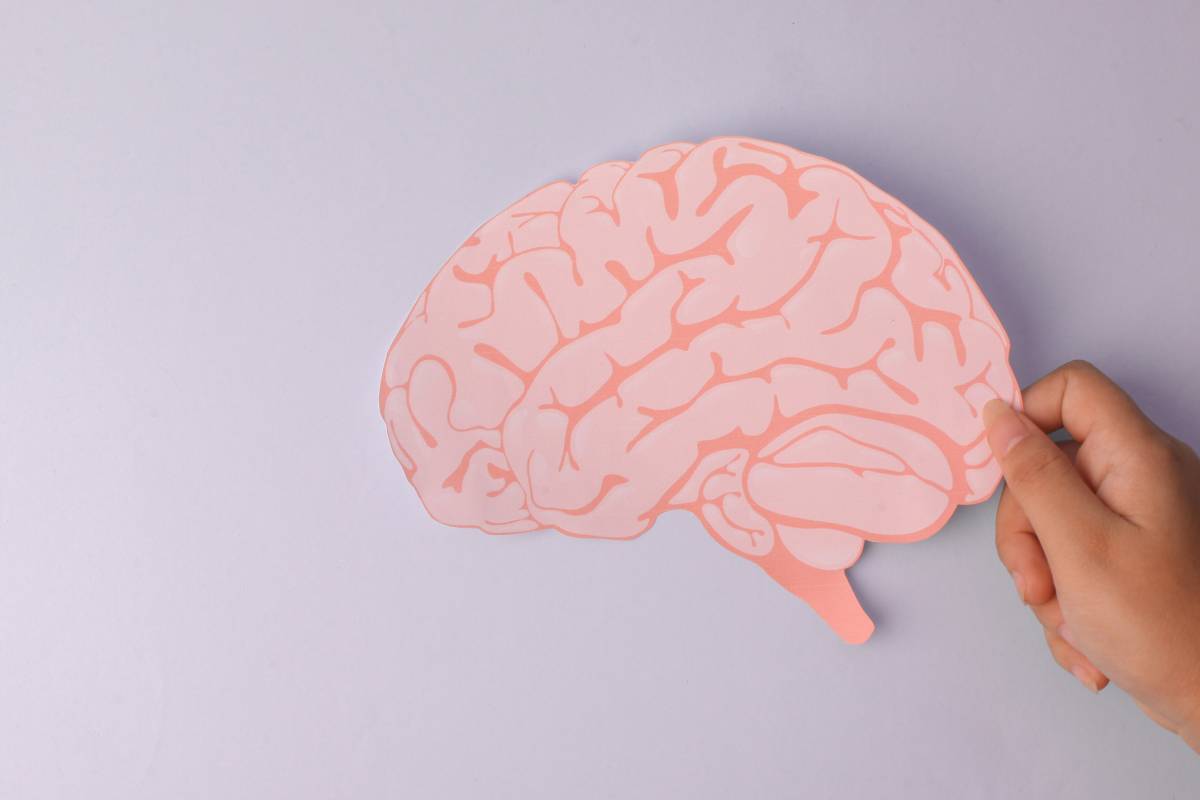
Synapses are the fundamental units of communication between neurons. Their ability to strengthen or weaken in response to activity is central to memory formation.
This dynamic process is called synaptic plasticity. According to the Synaptic Theory, memories are stored by changes in the strength of synaptic connections.
This theory proposes that learning and memory result from the modification of synapses, where repeated activity strengthens the connection, making communication between neurons more efficient and durable.
Synaptic Plasticity: The Basis of Learning and Memory
Synaptic plasticity refers to the ability of synapses to change their strength and efficiency. There are two main types:
- Long-Term Potentiation (LTP): An increase in synaptic strength following high-frequency stimulation of a synapse. LTP enhances the ability of neurons to communicate, making it easier to activate the same pathway in the future.
- Long-Term Depression (LTD): A decrease in synaptic strength resulting from low-frequency stimulation, which weakens the synaptic connection.
LTP and LTD are thought to represent the cellular mechanisms for learning and memory. When a synapse undergoes LTP, it becomes more effective at transmitting signals, effectively “encoding” the memory of an event or information.
Molecular Mechanisms at the Synapse
The synapse contains specialized proteins and receptors that regulate plasticity:
- NMDA receptors play a critical role in LTP. When activated by neurotransmitters and sufficient electrical activity, they allow calcium ions to enter the neuron, triggering signaling pathways that strengthen the synapse.
- AMPA receptors are inserted into the synaptic membrane during LTP, increasing synaptic responsiveness.
These molecular changes lead to the growth of new dendritic spines the small protrusions on neurons where synapses form further reinforcing neural connectivity.
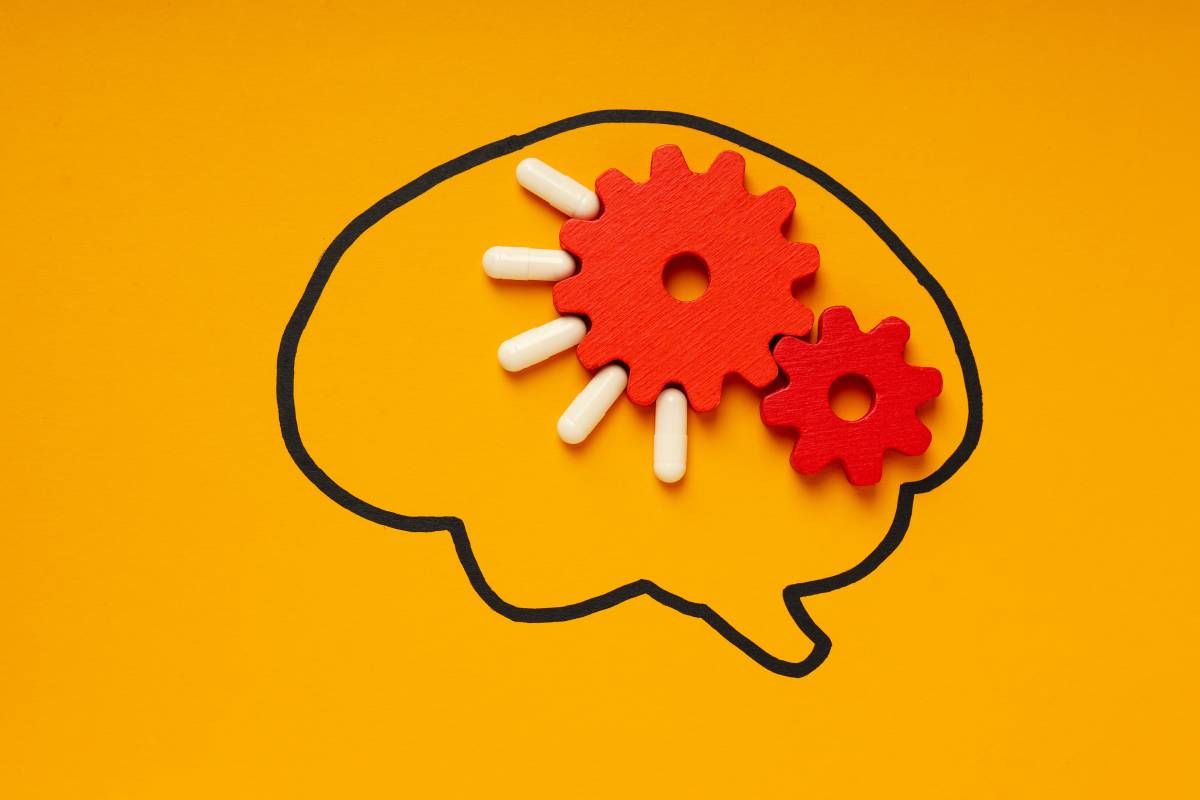
Synaptic Changes and Memory Storage
Memory storage is believed to involve persistent changes at synapses, including:
- Structural remodeling: Formation of new synapses and elimination of old ones.
- Biochemical changes: Altered receptor density and neurotransmitter release.
These modifications create a physical record of experiences, allowing memories to be stored long-term.
Integrating New Synapses and Plasticity
The interplay between creating new synapses and modifying existing ones is crucial for robust memory formation:
- Initial learning might rely on strengthening existing synapses.
- Ongoing practice and repetition can lead to synaptogenesis, creating new pathways that support memory.
- Memory refinement involves pruning less useful synapses to optimize brain efficiency.
This dynamic balance allows the brain to adapt continuously to new information and experiences.
Conclusion
The brain’s ability to create memories is a highly complex, dynamic process rooted in the function and plasticity of synapses. Memories are formed by encoding experiences into neural activity patterns that induce changes in synaptic strength a process known as synaptic plasticity.
The brain does create new synapses through synaptogenesis, particularly in response to learning and environmental enrichment. These new connections, alongside changes in existing synapses, underpin our capacity to learn, remember, and adapt.
Understanding the role of synapses in memory formation not only advances neuroscience but also informs approaches to improve learning, treat memory-related disorders, and harness the brain’s plasticity for recovery after injury. As research progresses, we continue to uncover the astonishing ways our brains sculpt the fabric of memory, one synapse at a time.

